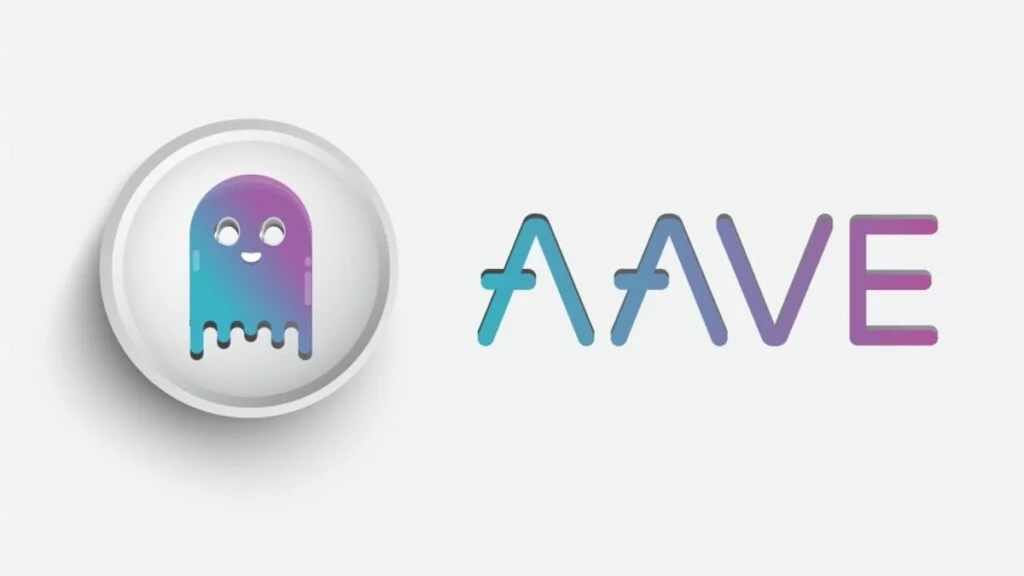GHO, an algorithmic stablecoin from Aave, has now gone live and is backed by various cryptocurrencies, including Ethereum (ETH).

The second-largest decentralized finance (DeFi) system in the world, Aave, has released GHO (pronounced “go”), an overcollateralized decentralized algorithmic stablecoin on Ethereum, after more than a year of development.
The GHO stablecoin can be created by DeFi market players by depositing supported collateral assets into the Aave Protocol V3 on Ethereum, according to a statement made by Aave on July 15.
The GHO algorithmic stablecoin will be released and administered by AaveDAO, a decentralized autonomous organization, in contrast to well-known stablecoins like tether (USDT), which centralized corporations issue.
In a letter to Bloomberg, Stani Kulechov, the founder and CEO of Aave, stated that the GHO project’s community members, including security specialists, developers, and others, will receive a portion of the cash earned by GHO.
All GHO transactions, according to the Aave team, will be managed by self-executing smart contracts, and the project’s transparency will be emphasized by the on-chain verifiability of transaction data, reserves, and other crucial stablecoin information.
Although decentralized stablecoins provide greater transparency, their centralized counterparts continue to rule the market. The failure of the Terra algorithmic stablecoin project UST last year demonstrated that even so-called decentralized stablecoins are susceptible to manipulation and de-pegging threats.
With a $4.27 billion market cap, MarkerDAO’s DAI is the world’s largest algorithmic stablecoin after recovering from a de-peg event in March. It remains to be seen if Aave’s GHO stablecoin will catch on and surpass DAI or USDT.
